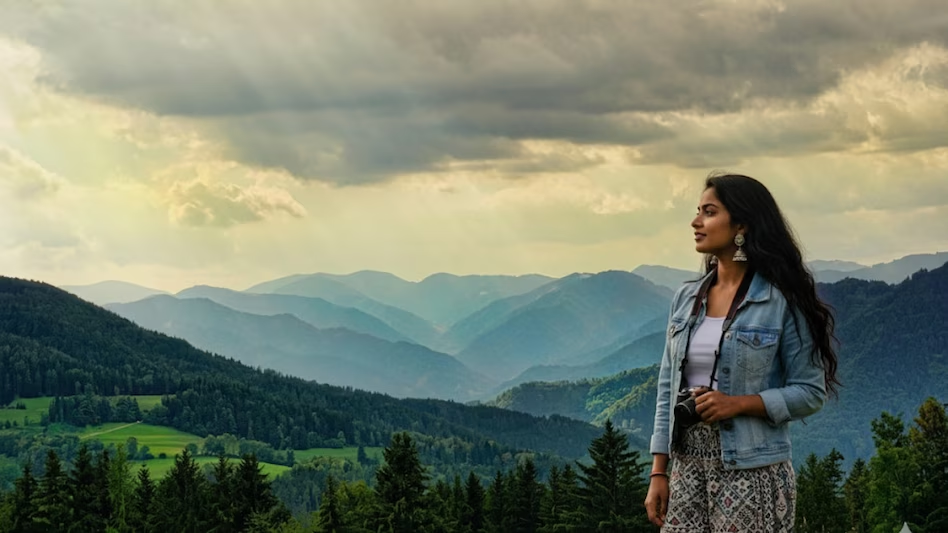Are you looking to know How do new travel habits reveal deeper cultural shifts worldwide? then read this article to find out How do new travel habits reveal deeper cultural shifts worldwide?

Travel patterns changing across demographics signal broader transformations in values, priorities, and worldviews. Where people go, how they travel, and what they seek from trips reflect deeper cultural movements beyond tourism statistics. Readers exploring changes in travel behaviour can learn more from caffeyolly.com. From remote work migrations to sustainability-focused trips and solo travel surges, each trend reveals something about humans’ evolving priorities. These habits aren’t random preferences but windows into how societies remake themselves.
Workation culture emergence
Blending work and travel through extended stays in foreign locations represents a fundamental rethinking of career structure. Digital nomads and remote workers spending months in different countries challenge assumptions about geographic stability and professional identity. The shift signals several cultural changes. Career advancement no longer requires physical presence at headquarters. A professional’s identity often separates from geographic community ties. Work schedules are flexible around life preferences rather than work demands. People increasingly view location as a choice rather than a constraint determined by employment.
This mobility affects social structures beyond individuals. Families stay dispersed across countries while maintaining close bonds through technology. Friend groups span continents, with periodic in-person gatherings replacing constant proximity. The community is redefined around shared interests and values rather than shared geography. The workation trend accelerates these patterns, making location independence the norm rather than the exception.
Slow travel adoption
Extended stays in fewer destinations replaced rapid multi-city tours as the preferred travel style for growing segments. People spend weeks or months in single locations rather than checking boxes across dozens of sites. This reversal reveals cultural fatigue with the worship of efficiency. Slow travel priorities include:
- Deep cultural immersion over surface level sightseeing
- Meaningful local relationships instead of transactional tourist interactions
- Rhythm matching destination pace rather than importing home country urgency
- Quality of experience valued over quantity of locations visited
The pattern reveals that people question whether maximising experiences leads to fulfilment. Instagram-worthy destination accumulation leads to genuine connections with places and people. This reflects a broader cultural movement toward intentionality.
Sustainability consciousness integration
The environment is increasingly influencing destination selection, transportation methods, and activity choices. This integration reveals an environmental concern that moves from an abstract belief to concrete behaviour. The pattern demonstrates several shifts:
- Future consequences are weighted more heavily in present decisions
- Personal responsibility accepted for environmental impact rather than deflecting to governments or corporations
- Willingness to sacrifice convenience and cost savings for values alignment
- Social pressure makes sustainable choices expected rather than exceptional
This consciousness affects the structure of the travel industry. Airlines face pressure around emissions. Hotels compete on sustainability credentials. Destinations implement visitor caps and regenerative tourism programs. The changes driven by demand shifts reveal cultural values being translated into market forces that reshape entire industries.
Solo travel normalization
Travelling alone, particularly among women, has become mainstream rather than unusual. Solo traveller percentages climbed across age groups and demographics. This normalization reveals changing attitudes toward independence, safety, and social expectations.
The shift reflects:
- Independence valued over constant companionship
- Safety concerns recalibrated through information access and community networks
- Self discovery prioritized as a legitimate pursuit rather than a selfish indulgence
- Social judgment around doing things alone is diminishing substantially
The growth in solo travel also reveals weakening social structures that previously provided automatic companionship. Friends scattered geographically, marriages happening later, and the decline of nuclear family dominance all contribute to more people travelling solo by circumstance. The trend both reflects and accelerates individualization in modern societies.